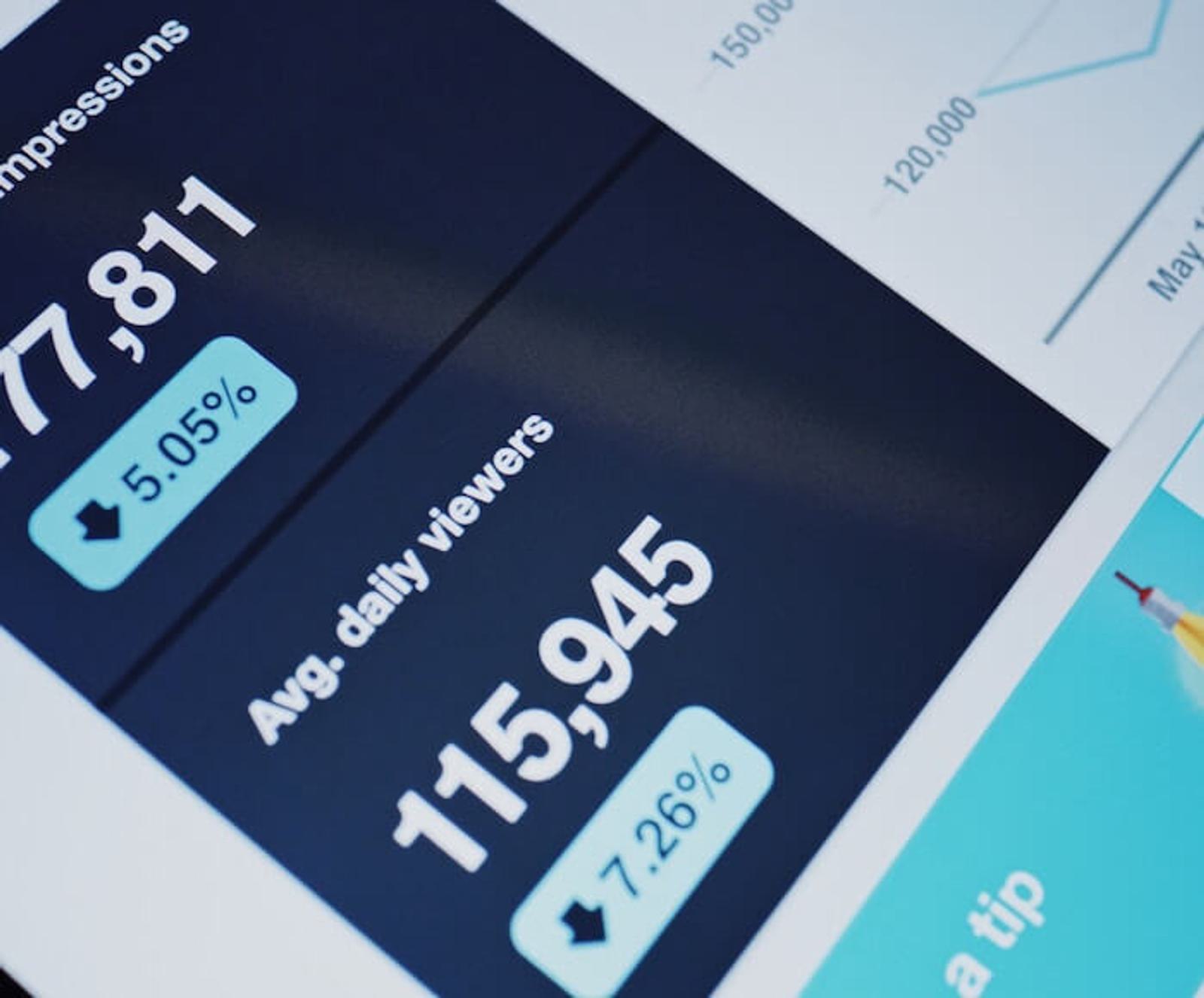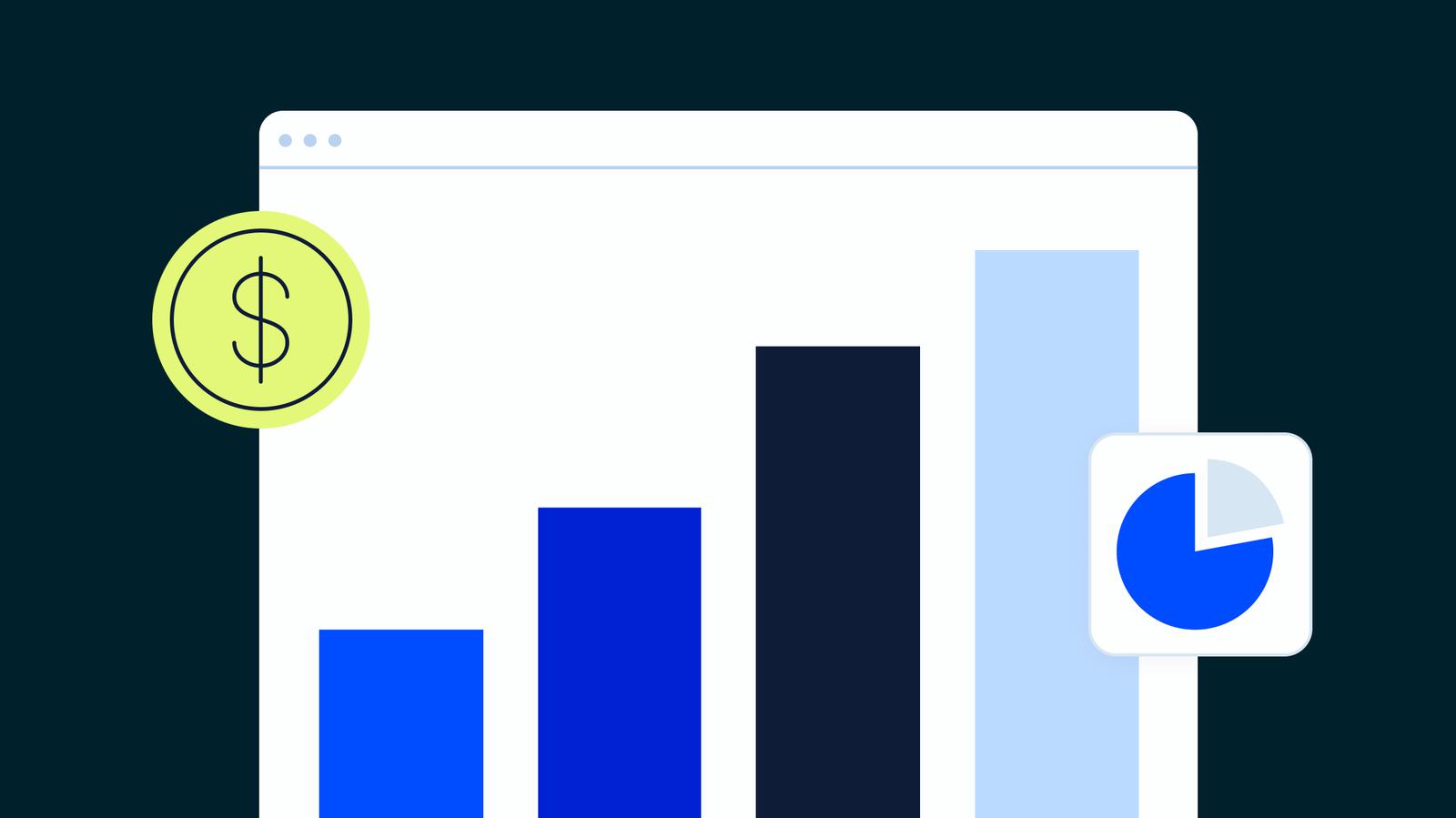
This post has been contributed by Matt Eldridge of Melt Design, a full-service creative agency and ActiveCampaign Certified Consultant that combines web design techniques and marketing strategies for clients across a variety of verticals.
I’ve been redecorating the house over the last month–hours of long dirty work to get to the beautiful end. I have to be honest, I find the hard work of DIY to be dull. Stripping walls, pulling up flooring, and endless trips to the hardware store, is not my ideal use of time, but I do love the end result.Now I’m adding some finishing touches—new pillows, an owl ornament and some new pictures to cap off the project. However, I know that in six months or a year, I’ll be making some tweaks to keep it looking fresh. The same applies to your website and marketing.Many business owners I speak to tell me their website does nothing for their business. 99% of the time it’s because they put no effort into keeping it in line with what they want it to do for them.They spend some money, get it online and forget all about it.I’m not saying you continuously need to be re-building or changing the design of the website, but as your business goals change so should the way you use your site.I’m constantly testing, tweaking and using my website to make my life, my team's life, and my customers’ lives better. I’ll spend an hour a month looking around the site thinking “does this reflect where we are now and the direction we’re heading?” If it doesn’t, I rewrite, remove, or add what I need immediately.The key to success with a website is to launch and fine-tune as you go. So many people are so worried that it won’t work for them the first time, so they either don’t do anything or seek perfection. Having this mentality is what's holding your website back from being a success.Our most successful clients have the philosophy of getting it done now and then assessing and addressing later.So, let’s go over some things that you should be looking at to make sure your website is optimized for your business.Brand
Ask yourself if the design, logo, fonts, and tone of your site communicates the message that you’d like to get across to an ideal client?We realised that our old logo and headline font was a little too quirky and didn’t fit the type of client we wanted to attract, so we changed it.We also felt that the colours needed to be toned down a little. Sure, it meant work, but I know that the benefit of doing this was that we would be more aligned with our target market.
Content
Your website should be your media outlet.Having a regular publishing schedule that drip feeds relevant content onto your site is a great help for getting found on Google, and in addition to organic traffic, sharing content with subscribers and on social channels helps build top of mind awareness with your customers and followers.If you want people to do business with you, they need to trust that you can deliver.This needs to be clear in the content you share—pricing guides, reviews, testimonials, free content, blog posts, podcasts, videos.Your content also needs to be easy to find. Look at your Google Analytics—what is your most popular content in the last 12 months? Can you expand on it or break it down into a series of other posts and make them more visible on the site?
Analyze
Most people have no clue what's going on with their website; they have no idea how much traffic is coming to the site or where visitors go.The website isn’t doing what they dreamed it would, so they blame the design. They reinvest in a new site resulting in lots of money and time wasted. The issue when you look deeper is always, not enough people or the wrong message to the wrong people.
Assumptions VS Testing
My old boss used always to say assumptions—well I can’t repeat what he said about assumptions—but he was 100% right.We all think we know what our potential clients want or need but we don’t research or test things, so we keep making the same mistakes again and again.No one knows precisely what will work right now, sure you can apply best practices to give yourself a better start, but there are no guarantees. Different things will work for different markets.One of our clients is killing it on Facebook. I modeled what he was doing and got a fraction of the results. Why? Because Facebook isn’t right for our service and market. What works for him doesn't work for us.But I know now because I tested.How can you apply this to your business? Test small and scale the successes. That way you don't waste months and thousands of dollars on expensive marketing campaigns.
Testing
Testing requires discipline to sit and sift through analytical data. Sounds boring but for a lot of the problems you face, the answers are in the data.If you don’t feel you are getting the results you want - test new things like headlines, call to action copy, images, testimonials, button colours.The trick is to make these small changes one at a time and give them time to build up and provide insight into whether or not it’s made a difference. This is where the discipline comes in to make the small change and wait to analyse the impact.It’s these small iterations that will make the massive differences.You’ll be amazed at the things you discover that defy your assumptions.
Adding new features that serve you and make life easier.
Your website should work for you as a way to improve your business systems.Let's say you use invoicing as your primary method of getting payment from clients–chasing unpaid invoices can be an annoying and time-consuming thing.By putting a payment system on the website and insisting on payment first, you can get paid quicker and eliminate chasing money. You can even integrate directly with your accounting software to automatically generate and clear the invoices on a completed order removing that headache from your life.If there are any pain points in your businesses processes, there is a good chance it can be solved through your website.
Improving your customer’s experience
Let's say someone signs up for a new serviceOnce they become a client, you can onboard them with a series of emails sending them to educational pages on your site. This gives them a better experience and makes you look like a much more professional business.There is also a solid chance that your current customers are willing to buy more from you than they currently do—they just don’t know that you have the product or the service they want.So, trigger a series of marketing automations that will inform your clients of the other services you offer.
Your work is not done
Building your website is only the first step.Having an effective website for your business takes time, lots of tweaking, testing and updating as you grow. You need to look at your site as an investment, not an expense, to get the best results possible.







